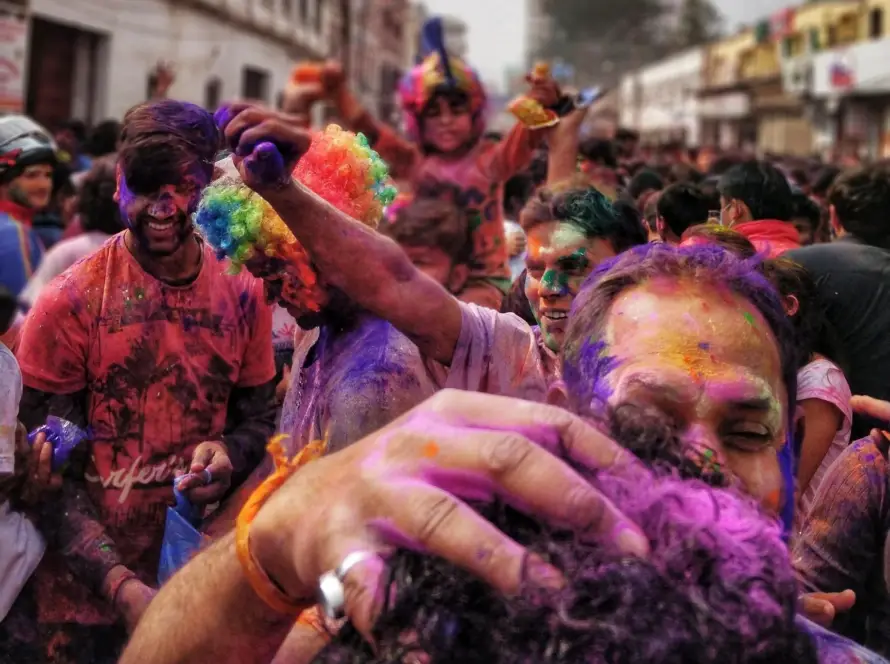Generated by Contentify AI

India is a land of cultural diversity and multilingualism. With over 1,600 spoken languages, it boasts one of the richest language landscapes in the world. This linguistic diversity is a reflection of India’s historical, geographical, and cultural tapestry. From Hindi to Bengali, Tamil to Punjabi, each language has its own unique charm and significance.
One of the most widely spoken languages in India is Hindi, which serves as the official language of the central government. It is a versatile language that is spoken by a significant portion of the population. However, it is important to note that Hindi is just one of the many languages that make up India’s linguistic mosaic.
In the southern part of the country, languages like Tamil, Telugu, and Kannada take center stage. These Dravidian languages have their own script and a rich literary tradition. They are not only spoken in their respective states but also have a considerable number of speakers outside their regions.
The northern region of India is known for its diverse mix of languages. Punjabi, Bengali, Marathi, Gujarati, and Urdu are some of the prominent languages spoken in this region. Each language has its own distinct dialects and nuances, adding to the vibrant tapestry of linguistic diversity in India.
India’s linguistic landscape is a testimony to the country’s pluralistic nature. It showcases the coexistence of various cultures, traditions, and beliefs. The diversity of languages in India not only creates a sense of identity for different communities but also fosters unity among them. It highlights the fact that language is not just a means of communication, but also a powerful tool that shapes our thoughts, emotions, and cultural values.
In conclusion, India’s diverse language landscape is a reflection of its rich heritage, cultural tapestry, and pluralistic nature. From Hindi to Tamil, and Punjabi to Bengali, each language adds a unique flavor to the country’s linguistic mosaic. This diversity is not just a matter of pride for Indians, but also a testament to the country’s ability to embrace and celebrate its differences.
Key Takeaways
- India has a rich linguistic diversity with over 1,600 languages spoken across the country.
- The Constitution of India recognizes 22 officially recognized languages, with Hindi being the most widely spoken language.
- The linguistic diversity of India is a reflection of its multicultural society and historical influences.



